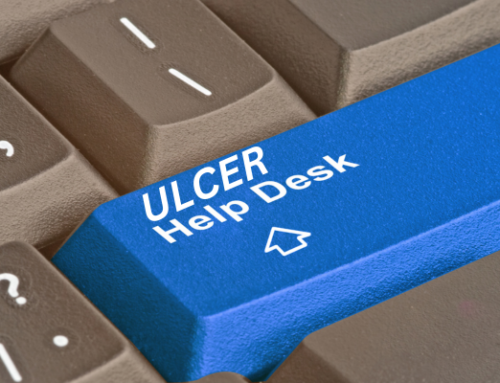Obsolete technology poses risks for infant sepsis, safer technology exists that reduces the risk of blood clots and infection.
“This large cohort study suggests that neonatal infections among extremely low-birth-weight infants are associated with poor neurodevelopmental and growth outcomes in early childhood” … Dr. Barbara J. Stoll, MD, JAMA, November 17, 2004, Vol. 292, No. 19, pgs. 2357-2365 (https://jamanetwork.com/journals/jama/article-abstract/199811).
Greg Vigna, MD, JD, national pharmaceutical injury attorney explains, “The nurses and other staff at neonatal units work daily to try to decrease the hospitals’ central line-associated bloodstream infections as they recognize that sepsis in an extremely low-birth-weight infant can take them off their trajectory of improvement to that of a catastrophic injury that leads to neurodevelopmental injuries.”
Dr. Vigna adds, “Late-onset sepsis, which is sepsis that occurs after 48 hours from birth, leads to significantly increased mortality and morbidities. IV nutrition and central venous catheters including PICC lines are associated with sepsis in very low-birth-weight babies. It has been known for decades that even with strict aseptic techniques in maintaining the central lines by NICU nurses, there is little to no real reduction in the risk of line-associated sepsis compared with the less stringent standard technique.”
“IV nutrition and central venous catheters including PICC lines are associated with sepsis in very low-birth-weight babies, which can lead to significantly increased mortality and morbidities.” — Greg Vigna, MD, JD
Dr. Vigna continues, “There is safer technology in the design of the PICC line and central line catheter that has been available that substantially reduces the risk of PICC line and central line related blood clots and infection. There is no justification for the continued use of central lines with old technology that does not meaningfully reduce the risk of thrombosis and infections, as these complications are not reduced with the old polyurethane and silicone venous catheters.”
What is sepsis? Multiple organ damage from inflammation as a result of an infection that may result in organ damage to the brain, kidney, heart, liver, and lung.
What is septic shock? A life-threatening condition that causes dangerously low blood pressure due to an infection that may result in amputations of fingers and toes, brain damage, kidney failure, ventilator dependence, oxygen dependence, and nerve damage.
What is a deep vein thrombosis? Blood clots in the deep venous system that is referred to as DVT that have the potential to break off and travel to the lung and this is called a pulmonary embolism.
Dr. Vigna concludes, “As a rehabilitation physician I have managed patients with blood clots from central lines, including PICCs, and sepsis caused by the lines. These have always been considered serious injuries that can cause death or disability. As an intern at Charity Hospital in New Orleans, I rotated through the NICU and there is little argument that low-birth-weight babies are among the most exposed patient population, as they have immature immune responses to infection and crash very quickly from line sepsis. As a lawyer, I see PICC lines, central lines, and midlines on the market that are clearly obsolete and have been obsolete for nearly a decade as they are not designed to reduce the risk of blood clots and infection.”
Dr. Vigna is a California and Washington DC lawyer who represents those with serious injuries caused by defective medical devices including PICC lines, midlines, central lines, and MedPorts. He represents the injured with the Ben Martin Law Group, a national pharmaceutical injury law firm in Dallas, Texas. The attorneys are product liability and medical malpractice attorneys, and they represent the most injured across the country.
Resources:
https://jamanetwork.com/journals/jama/article-abstract/199811
https://www.ncbi.nlm.nih.gov/pmc/articles/PMC5381090/
Greg Vigna, MD, JD
Vigna Law Group
+1 800-761-9206
email us here
Visit us on social media:
Facebook
Twitter
LinkedIn




